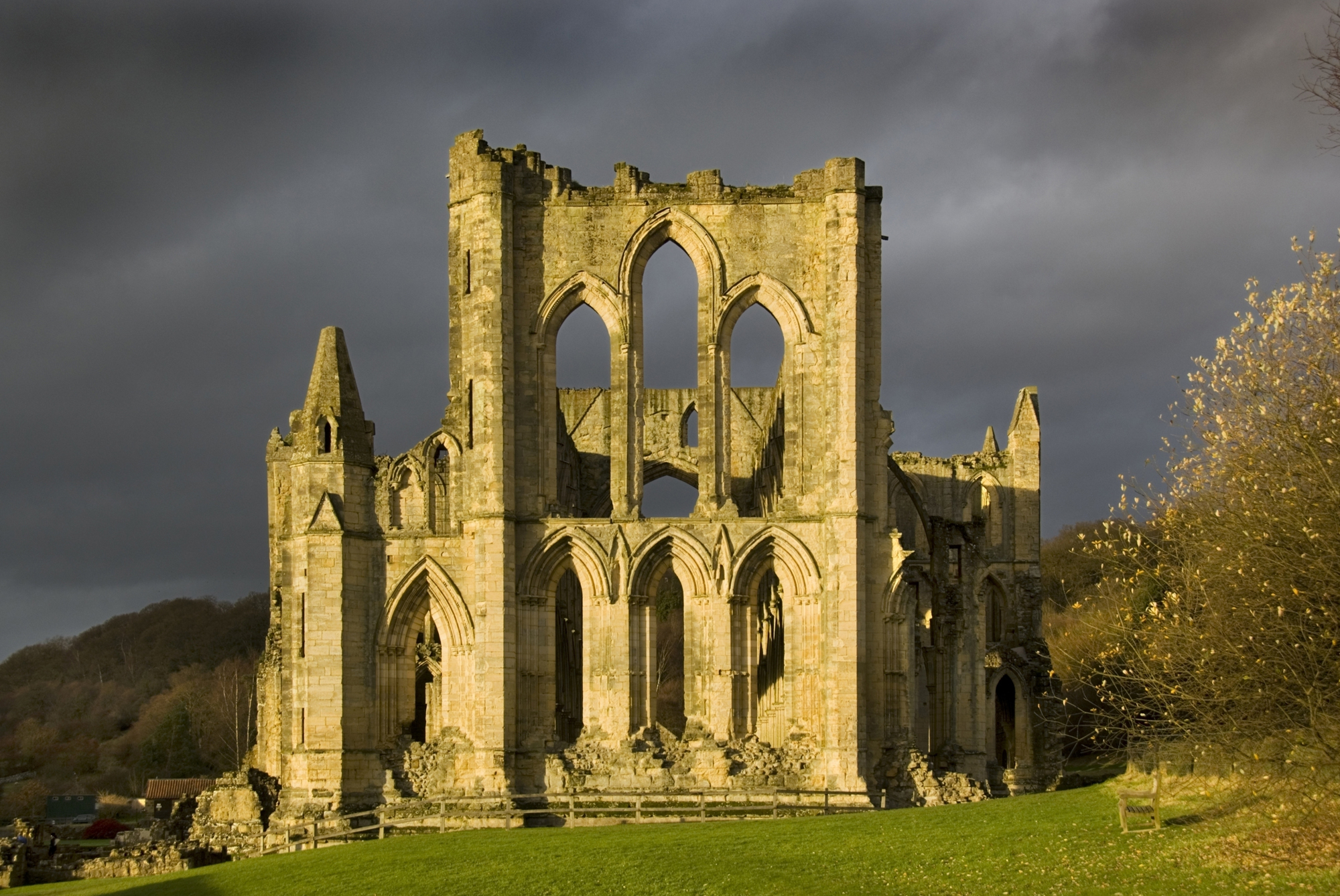The Medieval Church
There are few traces of LGBTQ heritage until the medieval period in Britain. By this time the Church was a powerful force at the centre of life for many people.
Church records offer insights into the medieval Queer past. We know from these records that officials in the abbeys, convents and monasteries of medieval England were concerned with containing same-sex desire and love among otherwise chaste monks and nuns.
Religious orders
Religious institutions were centres of Christian devotion, and also homes and domestic spaces where significant numbers of people lived and worked in single-gender environments. Anxieties over propriety and chastity appear among the concerns of religious authorities throughout their recorded history in Britain.
One eighth-century Latin penitential demanded seven years penances for nuns who fornicated with each other through the use of a ‘device’. This shows an early awareness of, and concerns about, sex between women.
Chaste monastic love
Sometimes Queer relationships could be understood within the context of friendship in the medieval period. Aelred of Rievaulx was abbot of Rievaulx Abbey from 1147 until his death in 1167. He distinguished between earthly, carnal relationships and ‘sublime’ love between men.
Aelred had been accused of sexual relations with another man in his youth at King David I’s court. At Rievaulx in Yorkshire, he had intense relationships with two monks, Hugh and Simon. On Simon’s death Aelred described feeling ‘as if my body has been eviscerated’ and his soul ‘rent to pieces’. Some people have interpreted these relationships as Queer, and inferred that, although chaste, Aelred desired other men.
Not all monastic relationships remained chaste. Anxieties about relations between men, and between men and boys, appear in chronicles and records throughout the medieval period. A tenth-century rulebook for English monastic houses forbade monks from being alone with boys for any private purpose, even spiritual.
Reports of sins and crimes that could not be explicitly named can suggest same-sex vices. In 1196 a monk at Eynsham Abbey in Oxfordshire recorded a vision of paradise and purgatory. It includes a chapter describing the punishments suffered by sodomites in purgatory. In the vision, sodomy is described as ‘that foul and abominable sin that ought not to be named’.
Another monk at the Abbey of Edmundsbury, wrote of the dismissal of the Abbey’s sacristan (church manager) and the destruction of his houses. The monk described the buildings ‘as being unworthy to stand upon the earth’ on account of an unmentionable crime committed by the sacristan. His description of the crime suggested sodomy, while the destruction of his houses paralleled that of Sodom.





